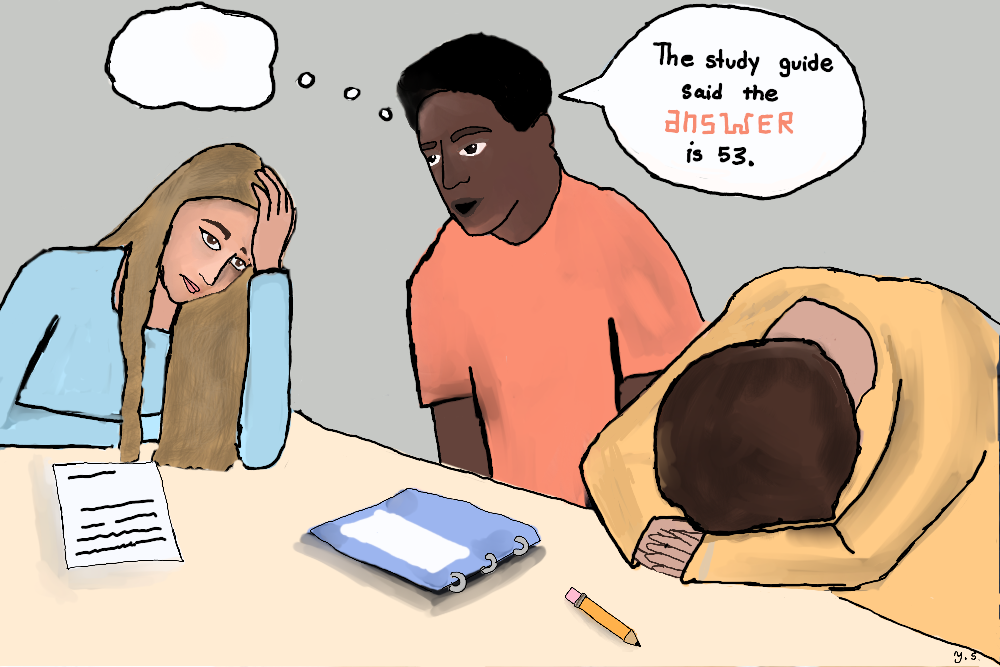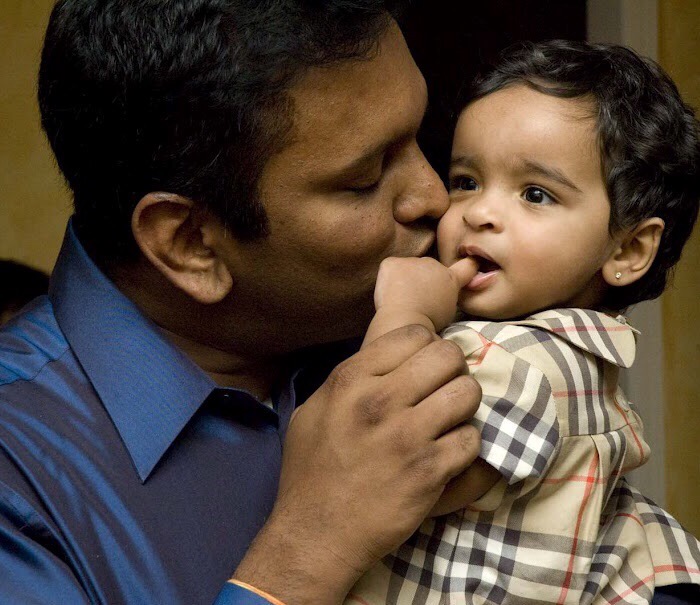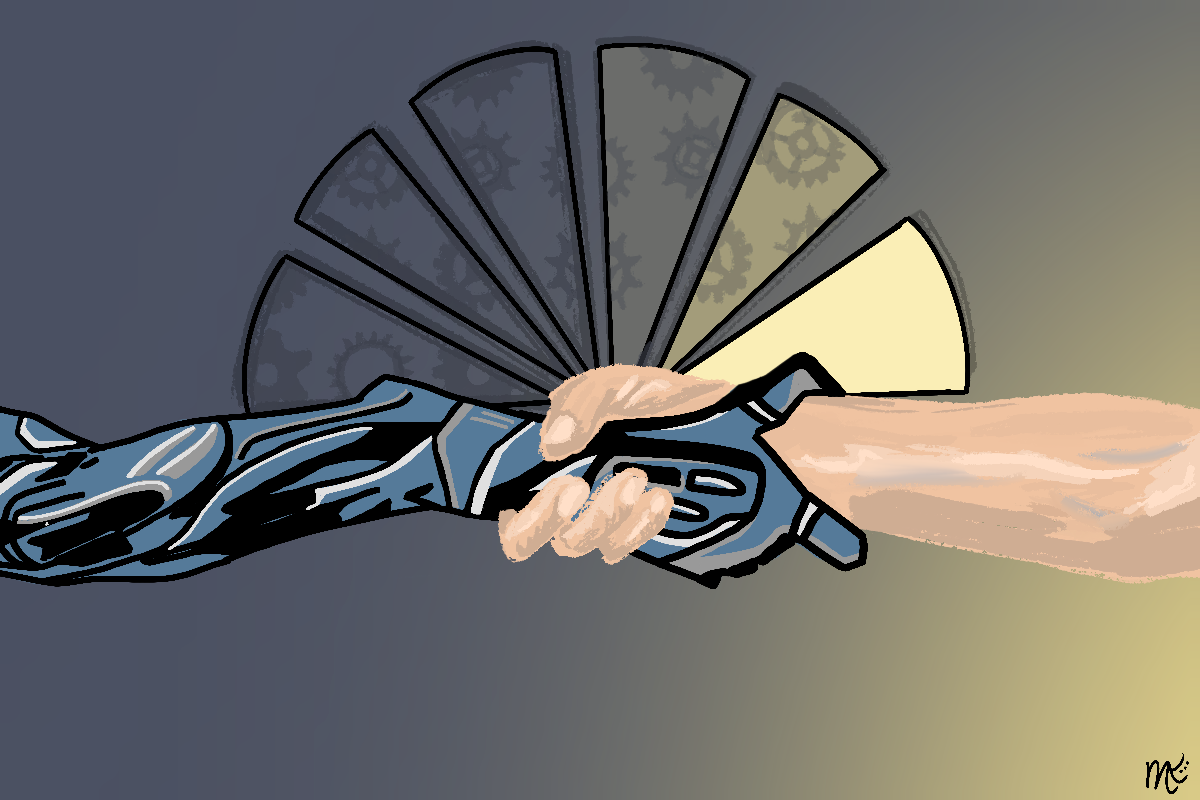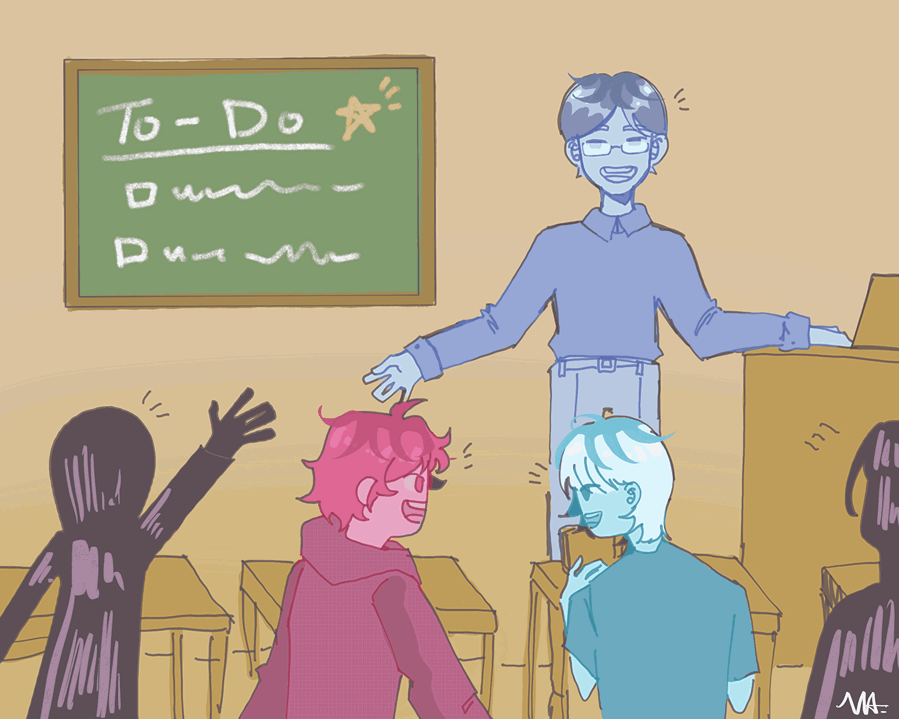Sitting in chemistry with my friends at Coppell High School, the topic of grades repeatedly comes up. As we open our devices to see our current grades, we see a mix of blues and greens, maybe even yellow — each highlighting a different grade earned in various subjects.
Looking around, we explain how one assignment was too short, too long, confusing or even too hard. The one common factor is one grade tanked our average.
However, there is one of my classes where this cannot happen, AP World History. As sophomores, we experience a grading system called standard-based grading (SBG): a system evaluating students based on their knowledge of specific skills and themes rather than broad-scaled grades, changing the focus from scores to actual understanding.
Yes, the system is different and may take some getting used to, but it can be beneficial to both students and teachers. By testing student knowledge rather than performance on isolated assignments, SBG allows students to track their understanding and provides teachers with details of where students need improvement.
Unlike traditional grading, where one low score can be detrimental, SBG encourages learning and understanding over time with multiple chances at one grade.
One of the most notable points of standard-based grading is it prioritizes knowledge over memorization. Rather than relying on weighted averages emphasizing task completion, this system helps students grasp fundamental concepts before moving on.
For instance, in AP World History, we are assessed on historical thinking skills like causation and comparison, rather than a single numerical grade for an essay or test.
“When I’m grading an assignment on a zero to 100 scale, it’s a constant battle of do I reward with points or punish with removing them?” AP U.S. History teacher Shawn Hudson said.
Of course, adapting to this system can be challenging. Students used to traditional grading may initially struggle with the shift in focus. “My students respond better to standards-based grading because they are more relaxed,” AP Calculus BC teacher Ian VanderSchee said. “They realize that every day is a chance to improve on where they’ve already shown mastery.”
With time, SBG can reduce the stress of a single bad grade, as it encourages improvement rather than penalizing mistakes.
“I’ve noticed in my classes that there is a lot less academic dishonesty,” VanderSchee said. “I’ve noticed there is a lot less stress to be perfect day to day. Students know more about their own knowledge as a result of just looking at the grade book.”
SBG gives students the chance to refocus their energy back to learning rather than constant short-term memorization.
“Being able to plan assignments for repetition so students knew what to study and learn showed to be less stressful on students, giving me a chance to help my students grow with direct feedback,,” Hudson said.
The outcome is often positive as students constantly grow within the subject’s material, opposed to getting lost and overstimulated.
Additionally, it provides teachers with more detailed insights into student performance, helping them tailor instruction to address learning gaps.
“I hope SBG gets implemented across the campus because it helps teachers and students, making it a successful system,” VanderSchee said.
As education evolves, standard-based grading has the potential to create a more effective and fair grading system. SBG encourages students to create skills and engage with material on a deeper level while moving away from the anxiety of a single assignment ruining their GPA.
While it may take time to adjust, this system represents a step toward a more productive way of assessing student learning.
Follow @CHSCampusnews on X.











